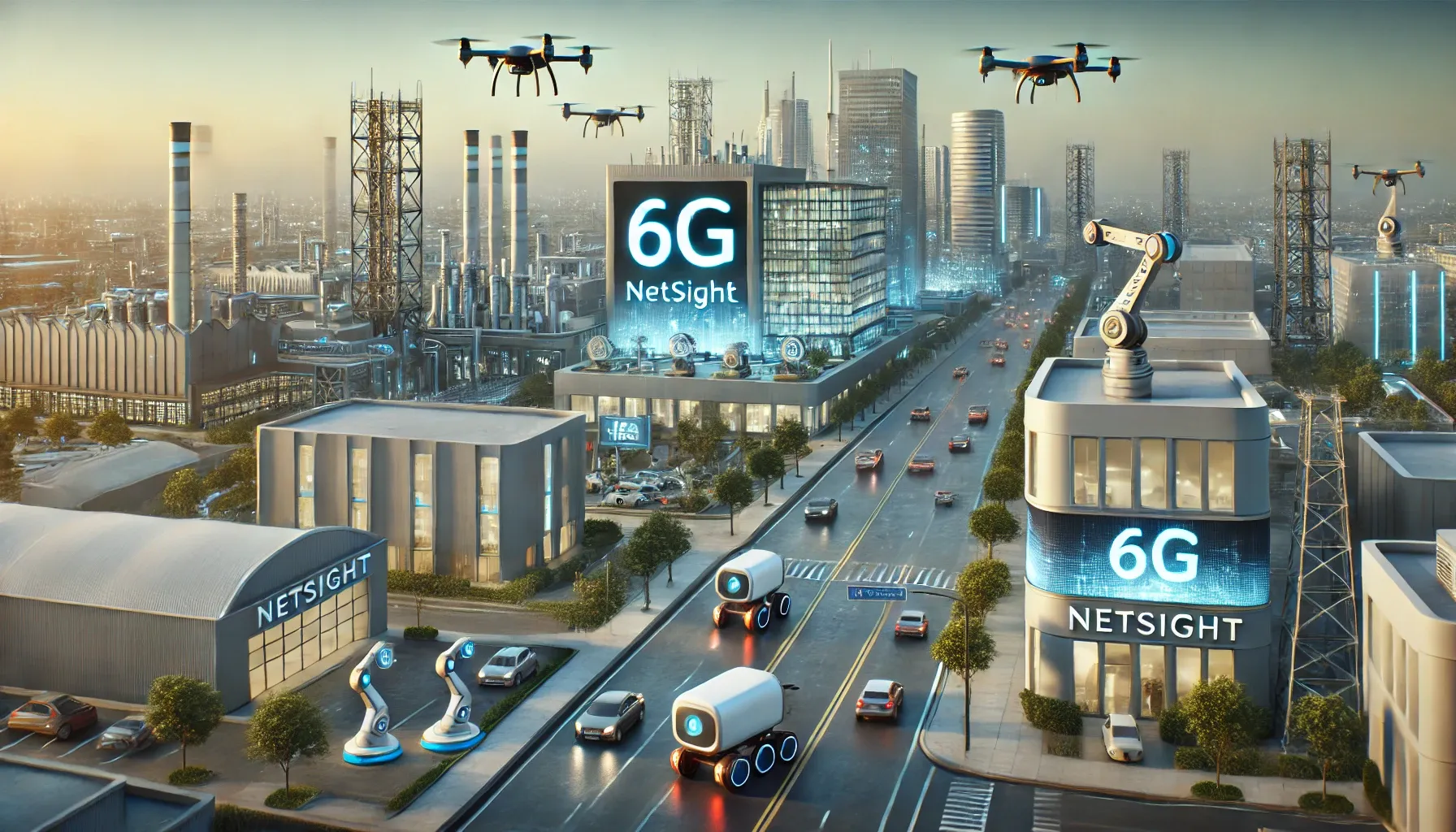Today’s supply chain world went from full-speed to an almost standstill, followed by unpredictable and irregular intervals of on and off.
This meant that companies in need of electronic components had to face product shortages, supply interruptions, as well as other challenges when it comes to procuring goods for their production lines.
However, a certain use of similar continuity plans was noticed within the companies that managed to thrive in this dynamic and always shifting environment.
Premade disruption action plans
All business continuity plans should contain detailed info in case of product shortage, product stoppages or upcoming product obsolescence.
Also, those plans should include detailed schematics of all essential production line components.
The lack of complete information regarding components and the process where these are involved will often cause lengthy disruptions since sourcing a valid alternative will take significantly more time if critical data is missing.
Align design to reality
Any company that plans to last on the market should do periodic internal audits and constant assessments in order to establish if their supply chain is adequate given the new economic and geopolitical realities.
Analyzing the areas where the geopolitical risks have the most impact – such as production costs, logistics, duties or market access – will allow for a better optimization of the supply chain, as well as better strategizing for the future.
Build relationships with key suppliers
The days where a successful company was a standalone entity on the open market are long gone.
Nowadays, top performers establish strategic longterm relationships with their key partners, ensuring that in this multi-entity environment they and their partners are the ones retaining that competitive edge.
In practical terms, this can mean sharing best practices, providing financial assistance, or even coming up with a common set of procedures in order to find more socially and environmentally stable solutions.
End-to-end visibility
The absence of a complete supply chain visibility will leave a company vulnerable to unexpected risks.
Relying only on internal data will limit the ability to notice upcoming threats, or calculate the impact of a distribution across the entire production line or individual business units.
An inside view will need to be corroborated with outside data, integrating real-time systems with demand forecasting, as well as any
essential supply chain partners.
CONCLUSION: STRIKE A BALANCE BETWEEN EFFICIENCY AND DURABILITY
Any company thinking about the future needs to prepare through dynamic action plans for the possibility of unannounced component disruptions, while also aiming to strengthen their supply chain mechanisms for the long term.
This means openness to a global approach to fill in the supply chain needs, where the right outside partners can help the company absorb shocks, remain competitive and succeed in the long-term.




